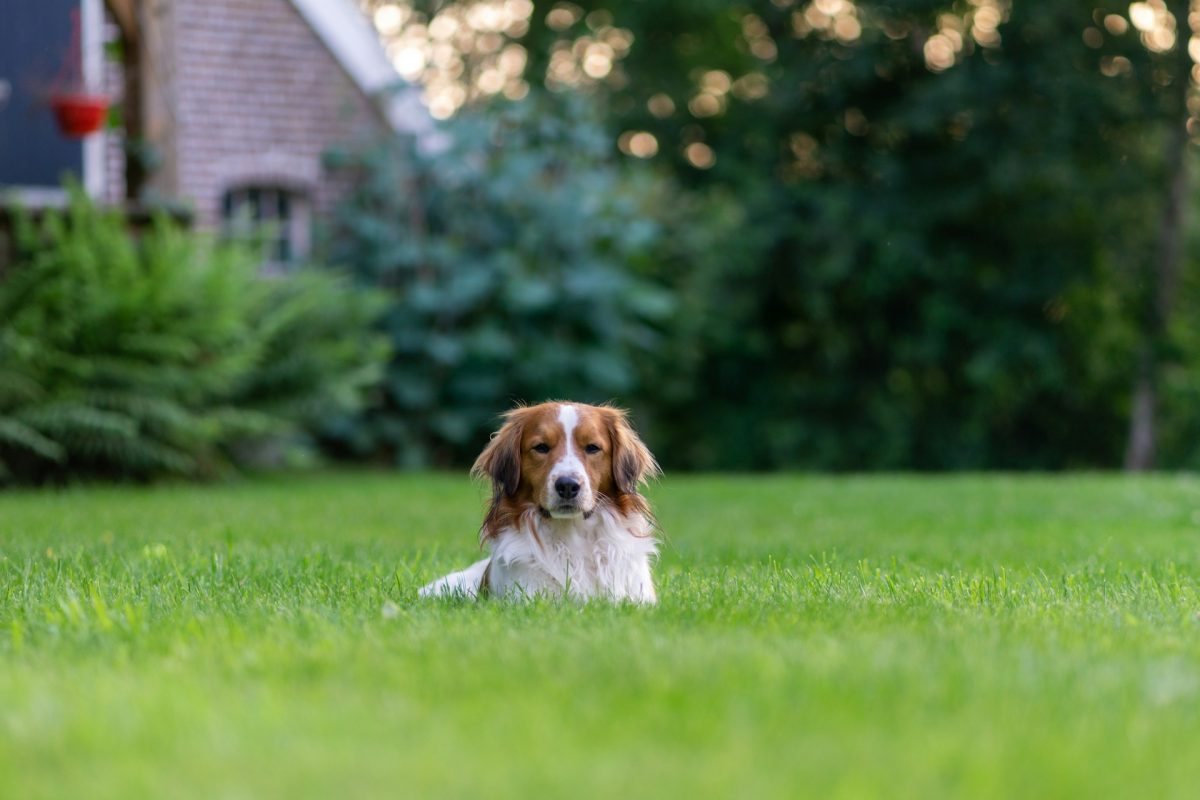Teaching your dog to ‘stay’ is one of the fundamental commands that every dog owner should master. Not only does it serve as a foundation for more complex commands, but it’s also essential for safety and manners. The ‘stay’ command can prevent your dog from running into dangerous situations, like darting into the street, and it’s useful during vet visits, grooming sessions, or when you need them to wait patiently. However, dogs, like people, have diverse personalities and learning styles. This guide provides tailored techniques to help every dog, from the energetic puppy to the senior companion, master the ‘stay’ command.
Understanding the Basics
Before diving into specific techniques, it’s crucial to grasp the basics of teaching ‘stay.’ The command requires your dog to maintain a position (sit, down, or stand) until you release them. It’s about patience, impulse control, and trust. Start in a quiet environment to minimize distractions and use a clear, consistent command such as “stay.” Always begin with your dog in a comfortable, controlled position and gradually increase the difficulty by adding distance, duration, and distractions.
Training Techniques for Every Dog
For the Energetic Puppy
Puppies are bundles of energy, and teaching them to ‘stay’ requires short, engaging sessions. Use treats to capture their attention and start with very brief stays. Reward them for even a few seconds of stillness, gradually increasing the time. Keep training sessions playful and positive—puppies respond well to enthusiastic praise and tasty rewards.
For the Adult Dog
Adult dogs might have more focus than puppies, but they also come with ingrained habits. Use a calm, firm voice for the ‘stay’ command and practice in various settings. Start with short durations and close distances, gradually increasing both as your dog becomes more reliable. Consistency is key; practice regularly and always reward your dog for staying put.
For the Stubborn Dog
Stubborn dogs challenge your patience and creativity. Find a high-value reward that motivates them and use it exclusively for ‘stay’ training. Be clear and consistent with your command and body language. Start with very short stays and reward any success lavishly. It might take time, but persistence pays off.
For the Senior Dog
Senior dogs may have physical limitations or health issues that affect their ability to ‘stay’ for long periods. Keep sessions short and comfortable for them, focusing on gentle encouragement rather than physical correction. Use soft, verbal praise and suitable treats. Respect their limits and adjust your expectations accordingly.
Advanced Tips and Tricks
Once your dog has mastered the basics of ‘stay,’ challenge them further. Practice in new environments with more distractions. Introduce the “3 D’s”: distance, duration, and distractions. Gradually increase the distance between you and your dog, extend the duration of the ‘stay,’ and practice in busier settings. Always set your dog up for success—don’t push them too fast or too far.
Common Challenges and Solutions
- Breaking the Stay: If your dog breaks the ‘stay’ before you release them, it’s a sign you’ve moved too fast. Step back in your training, reducing the distance or duration, and build up more gradually.
- Distractions: Dogs naturally get distracted. If your dog struggles with this, decrease the level of distractions and slowly reintroduce them as they become more proficient.
- Lack of Interest: Some dogs might not be food-motivated. Find what excites your dog—it could be a toy, praise, or physical affection—and use that as a reward.
Incorporating ‘Stay’ into Daily Life
The ‘stay’ command is more than a trick; it’s a useful behavior that can be incorporated into daily activities. Use it when opening doors to prevent bolting, before crossing streets for safety, and while preparing their meals to encourage patience. The more you integrate ‘stay’ into regular routines, the more your dog will understand its importance and relevance.
Mastering the ‘stay’ command is achievable for every dog with patience, consistency, and an understanding of their individual learning style. Whether you’re working with a lively puppy, an adult dog, a stubborn companion, or a senior pet, the key is to adapt your approach to fit their needs. Celebrate the small victories and remember that training is a journey you’re on together. With time and practice, your dog can learn to ‘stay’ reliably, making your bond stronger and keeping them safer.



